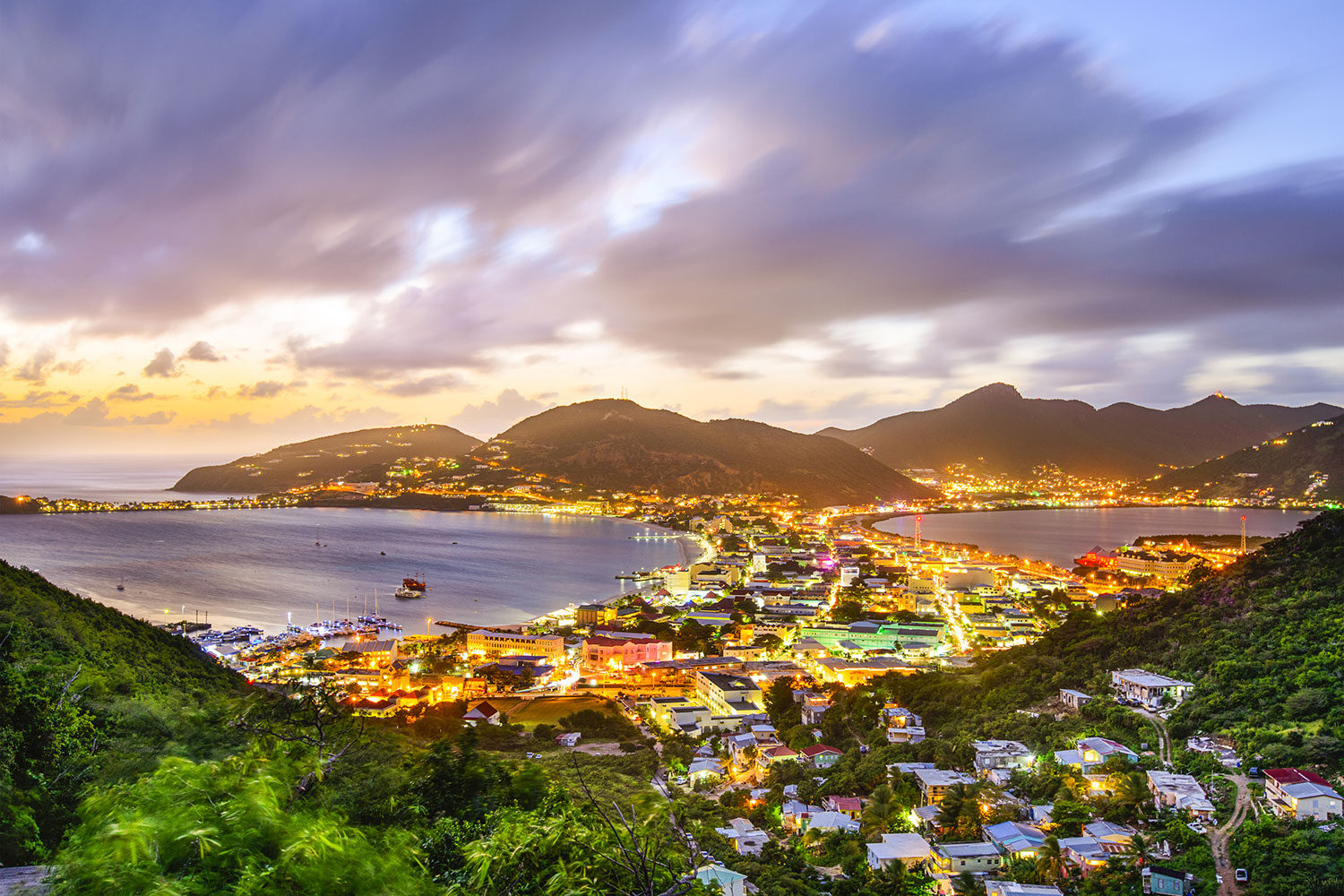The Hawaiian luau is a traditional feast that holds both cultural and historical significance. The word “luau” itself means a feast or celebration in Hawaiian. The origins of the luau date back to ancient times when Hawaiians would gather to celebrate important occasions, such as births, weddings, and victories in battles.
The luau is deeply rooted in Hawaiian culture and is known for its emphasis on hospitality, community, and abundance. In the past, the preparation and hosting of a luau were significant tasks, involving the entire community. It was a way for families to come together, share food, music, hula dancing, and celebrate life.
The centerpiece of a luau is the imu, an underground oven. To prepare the imu, a large pit is dug in the ground and lined with rocks. A fire is built and allowed to burn until the rocks become extremely hot. Then, the food, such as pig (known as kalua pork), fish, and vegetables, is wrapped in banana leaves and placed in the imu. The pit is covered with more leaves and a layer of soil, allowing the food to slow-cook for several hours. This traditional cooking method gives the food a unique smoky flavor.
Today, luau celebrations are still held throughout the Hawaiian islands, both for special occasions and as a way to share Hawaiian culture with visitors. They often feature a buffet-style feast with a variety of traditional Hawaiian dishes, including poi (a paste made from taro root), laulau (meat wrapped in taro leaves), haupia (coconut pudding), and many more.
In addition to the food, a luau typically includes live music, hula dancing, and other forms of Polynesian entertainment. It provides a wonderful opportunity for visitors to experience Hawaiian culture, learn about the history and traditions of the islands, and enjoy the warm and welcoming spirit of the Hawaiian people.
So, the story behind the Hawaiian luau is one of celebration, community, and cultural preservation, making it a cherished and iconic part of Hawaiian heritage.




